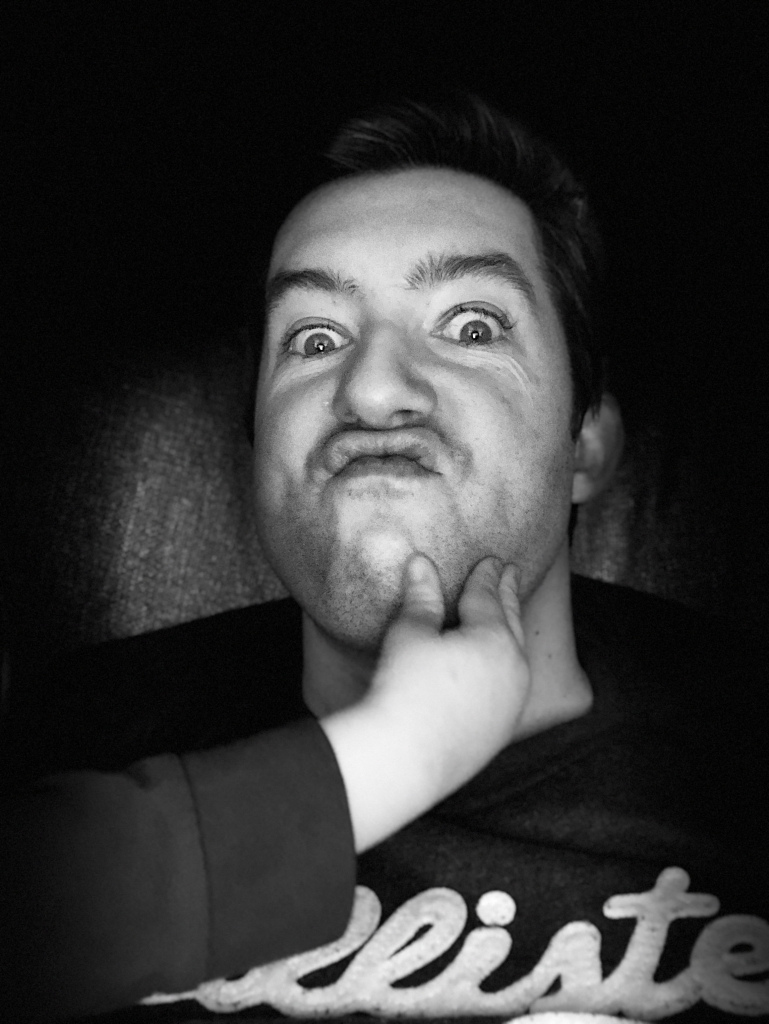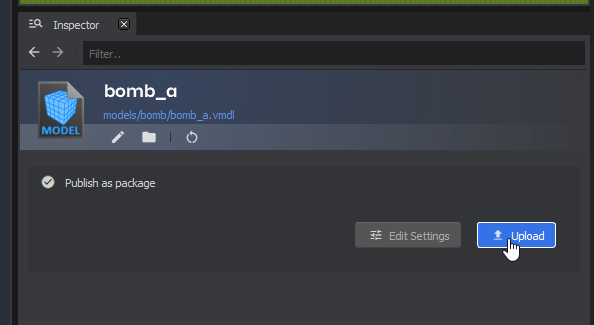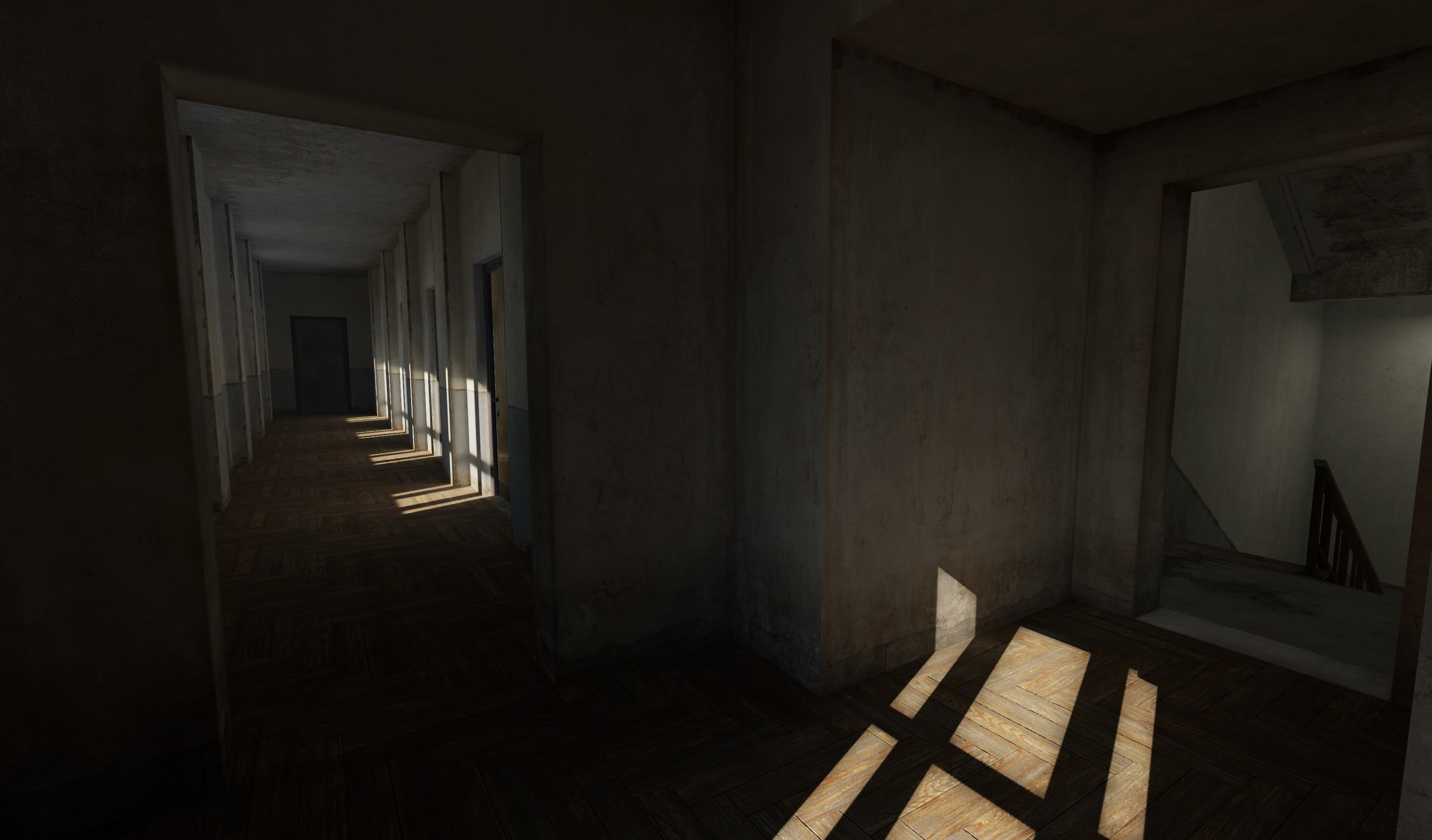We originally started building a base set of assets to ship with the game. The idea was that the game would come with a bunch of models and materials for mappers etc to use as a base.
As asset.party developed we decided that this is the wrong way to go about it. It'd be messy and fragmented. Our content should be present in the same way as all other content. We should be using the same systems as everyone else.





